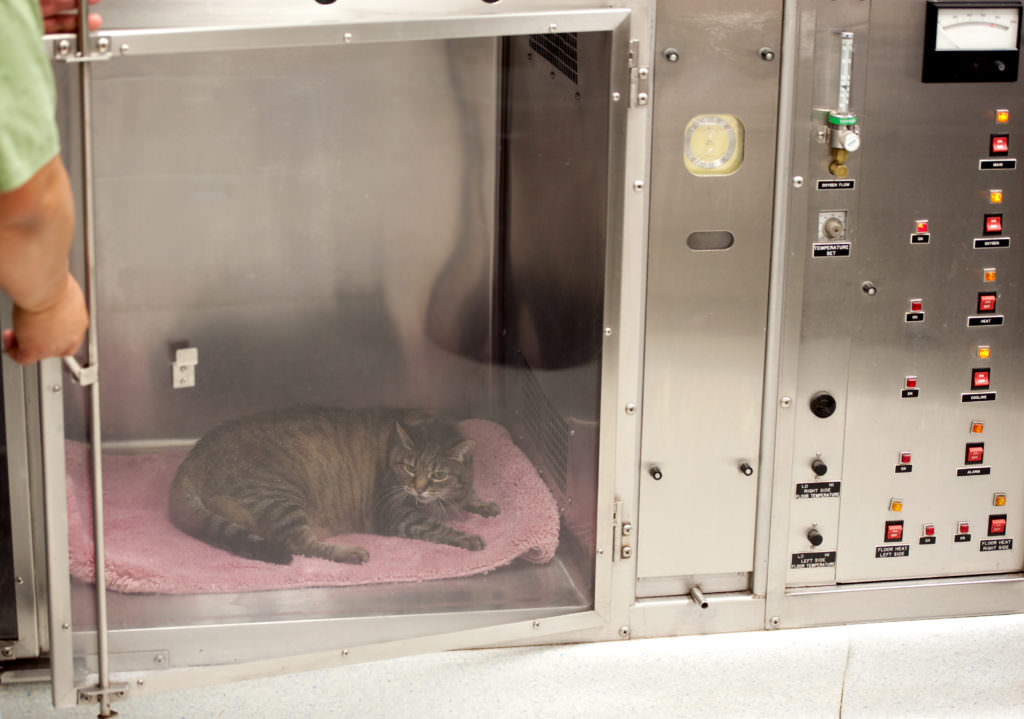
We hope the time never comes that you’ll need to be knowledgeable on performing CPR on your cat, but in case you do we think it’s important to know the steps. CPR can be safely done by you or anyone around while you’re on your way to the veterinarian for further attention. Please always consult your veterinarian during or after any emergency treatment, even if you think your cat is doing well afterwards. PetMD has provided us with great information on how to safely and effectively perform CPR on our feline friends.
1. Check Airways & Heartbeat – One of the first steps to take when deciding to perform CPR on your cat is to make sure they aren’t breathing. If they’re not, check inside the mouth to make sure there aren’t any foreign objects blocking the throat. If you find something, try to gently remove it but use the amount of force you have to. Second, place your fingers against your cat’s inner thigh to feel for a pulse. If their heart has stopped beating, you won’t feel a pulse, but it might not be too late.
2. Prepare for CPR – Lay the cat down on their right side on a flat, firm surface. When performing CPR, you’re going to breath into the cat’s nose and not into the mouth. Therefore, pull the tongue out forward out of the mouth and hold it closed.
3. Breath Into the Nose – Holding the mouth shut, breath 4 or 5 breaths into your cat’s nose. They shouldn’t be so strong to cause damage, but strong enough that the chest should rise and fall as your breaths go in and out.
4. Begin Chest Compressions – With your cat lying on their right side, place your thumb and fingers (you can use either hand) on either side of their chest, just behind the elbow. Give a quick squeeze with your hand to compress the chest about half of its normal thickness.
5. Maintenance – You will give about 10 chest compressions and one breath every 10 seconds, maintaining the routine until your cat’s heart starts up and they begin breathing.
Most importantly, seek veterinary attention immediately. Knowing how to perform CPR on your cat can greatly increase their chances for survival should something happen, but should never replace professional veterinary care. Further, it will by you time on your way to the veterinarian. It’s extremely helpful to be able to perform CPR while another person is driving you to the emergency animal hospital. Your veterinarian and their team will continue the CPR treatment and/or provide further treatment should it be needed. Again, we hope you never need to use this information, but it’s better to have it handy should a crisis arise.

